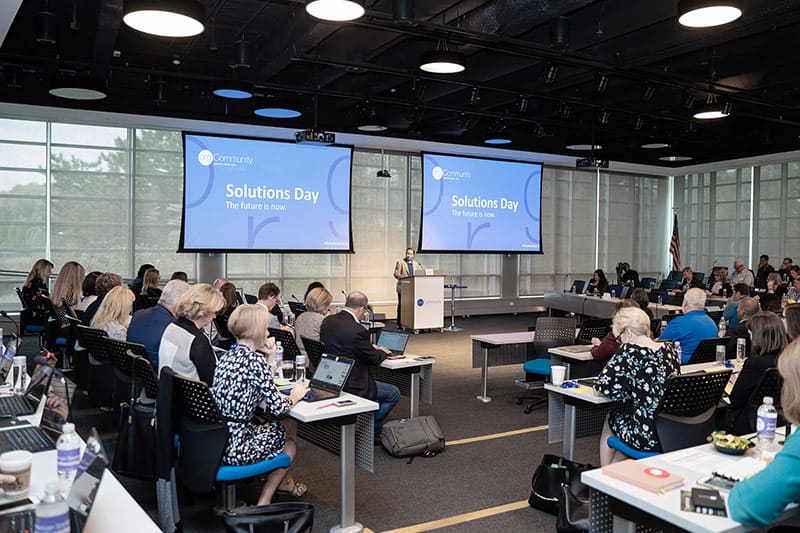On Feb. 28, the latest segment in the eLearning Thought Leaders Webinar Series offered great resources and strategies on effectively connecting with online learners and providing successful learning opportunities in a virtual environment. The webinar series is produced by Web Courseworks in collaboration with .orgCommunity. If you missed the session and are interested in the full recording, you can access it here. Following are our key takeaways from the “8 Content Design Tips for a Virtual Classroom” webinar, presented by online event producer/speaker coach Karen Hyder:
- Maximize online learning platform features to compel participation. The secret to success in delivering effective virtual learning experiences isn’t the media used, but taking full advantage of all the medium’s features—from a live “chat” area for participant questions or comments throughout the presentation to enabling a virtual “raise of hands” when the instructor queries the group.
- Have a script to organize the details of your lesson. For example, in a traditional classroom, a teacher may have said, “Let me demonstrate…” but in a virtual classroom the instructor needs to be more explicit and say something like, “Please see your screen change as I share my view.”
- Have contingency plans. In other words, anticipate anything that can go wrong may very well happen—and have a plan for how you will overcome these challenges. For example, in case the audio connection stops working properly on your computer, have a phone conference line available. By being prepared, instructors will be able to troubleshoot in the moment.
- Keep the learning plan or agenda in sight. This will help learners know where they are in the process and will keep them focused.
- Use a storyboard template. This kind of tool will help to organize and document the details of your lesson plan. A storyboard can work as your inventory, helping to keep the trainer and learners on track and for accomplishing the learning objectives.
- Rethink the handout. Learners don’t need anything fancy. What they need is something simple that is easy to follow along and can reference when needed.


